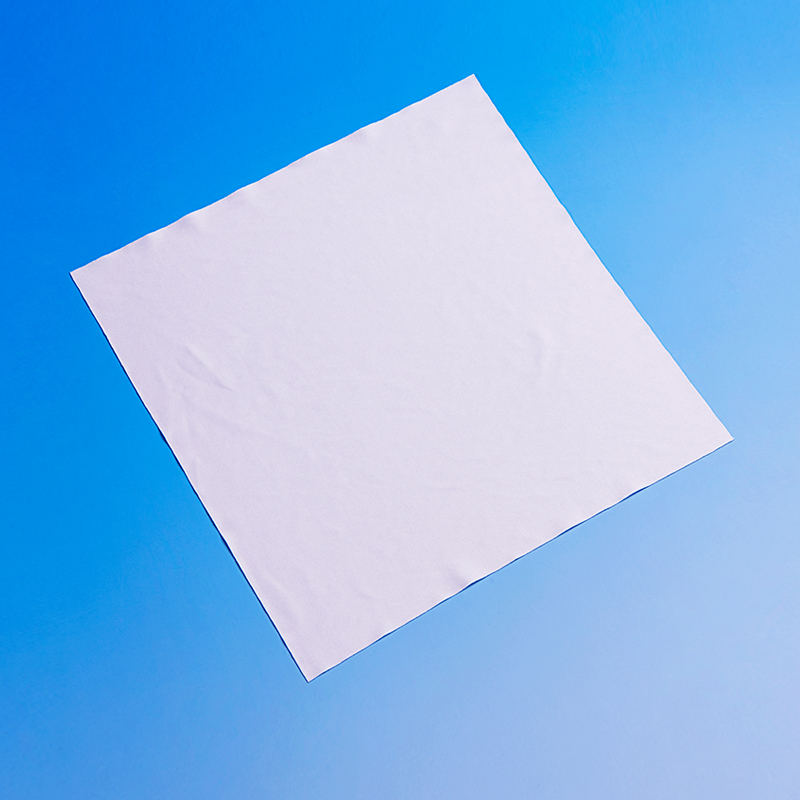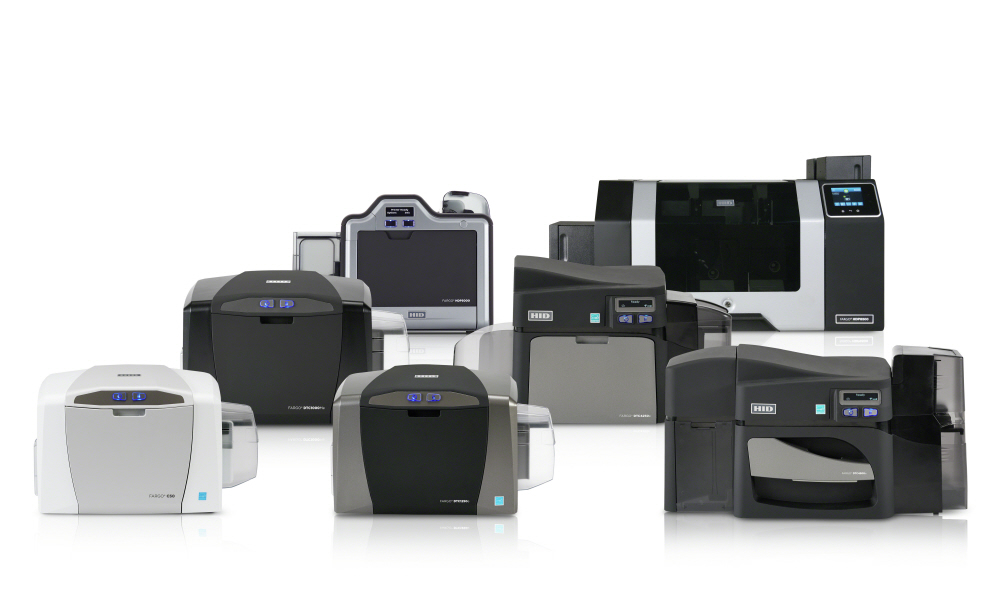The specific content of the production of dust-free cloth includes, according to the requirements of the clean room, there is a corresponding degree of cleanliness. The work clothes of the staff cannot emit dust or generate static electricity. That is, the dust-free work clothes with anti-static function can neither generate dust, and also does not attract dust.
Static electricity has a physical characteristic that can attract small objects. This is the mechanical effect of static electricity. Due to the electrostatic attraction, it will attract tiny dust. These dust will accumulate on the surface of semiconductors and easily form defective products. In this regard, one of the purposes of anti-static is to achieve dust-free.Usually, the cleanliness of the dust-free cloth wiping material is defined by the following aspects:

- The amount of non-volatile matter in the solvent of the clean cloth, usually use the solvent, which solvent is used to evaluate. The amount of residue is usually tested with precision weighing equipment, but users can also determine whether the residue of the dust-free cloth is within the required range by wiping whether it fogs up.
- The amount of dust emitted by the dust-free cloth includes the amount of dust particles released in the air and the amount of dust particles released in the liquid. Many people think that shaking and chipping is an intolerable problem for dust-free cloths. In fact, it is not the case. On the contrary, shaking and chipping is a physical property of the dust-free cloth wiping material itself.
- The ion precipitation of the clean cloth mainly checks the highly active metal ions and non-metal ions. If there are delicate metal materials on the surface of your wiping, it is recommended to take the precipitation of ions as an important inspection item, because active ions can easily damage the surface of precision metals through battery reactions.

